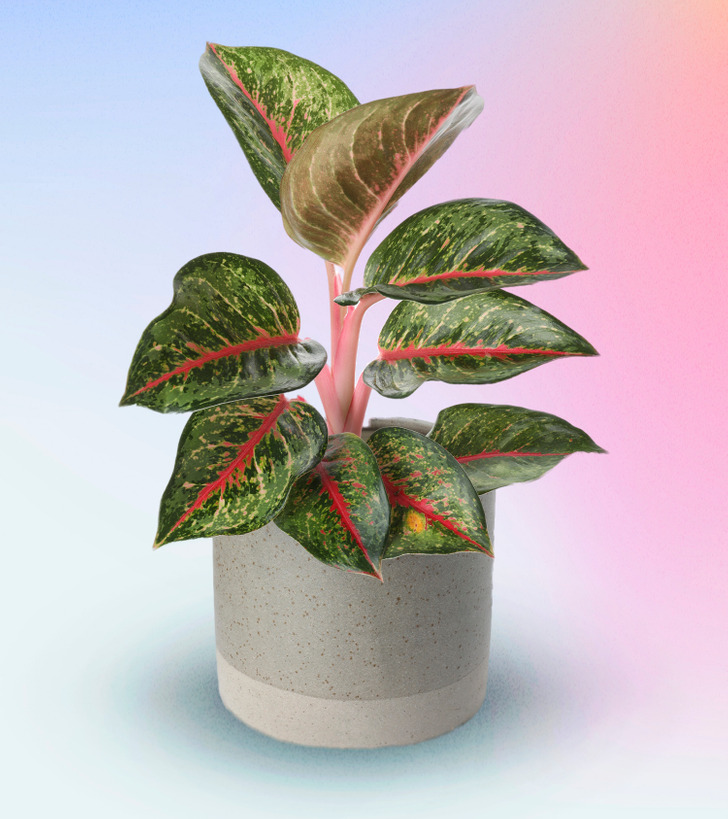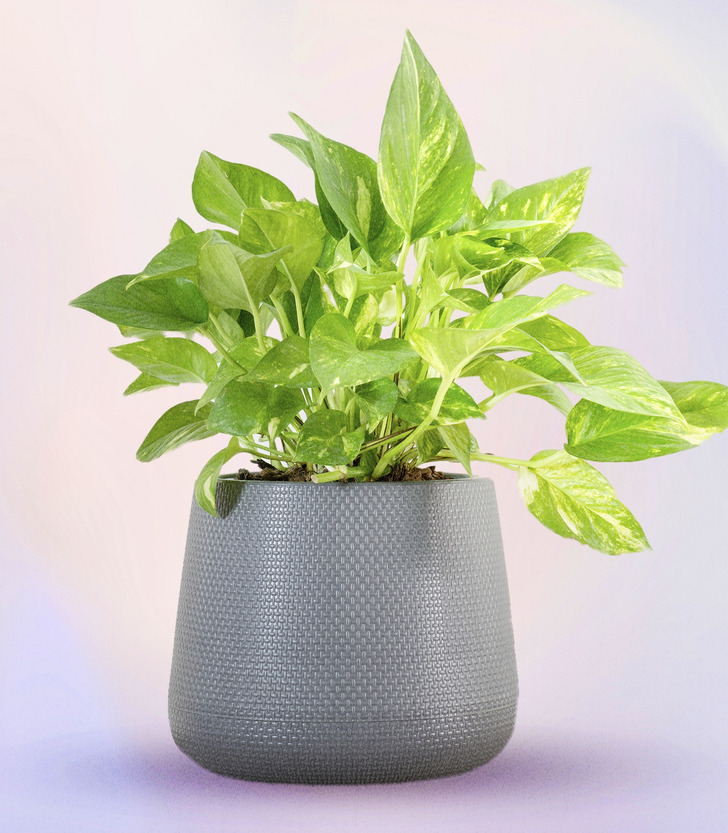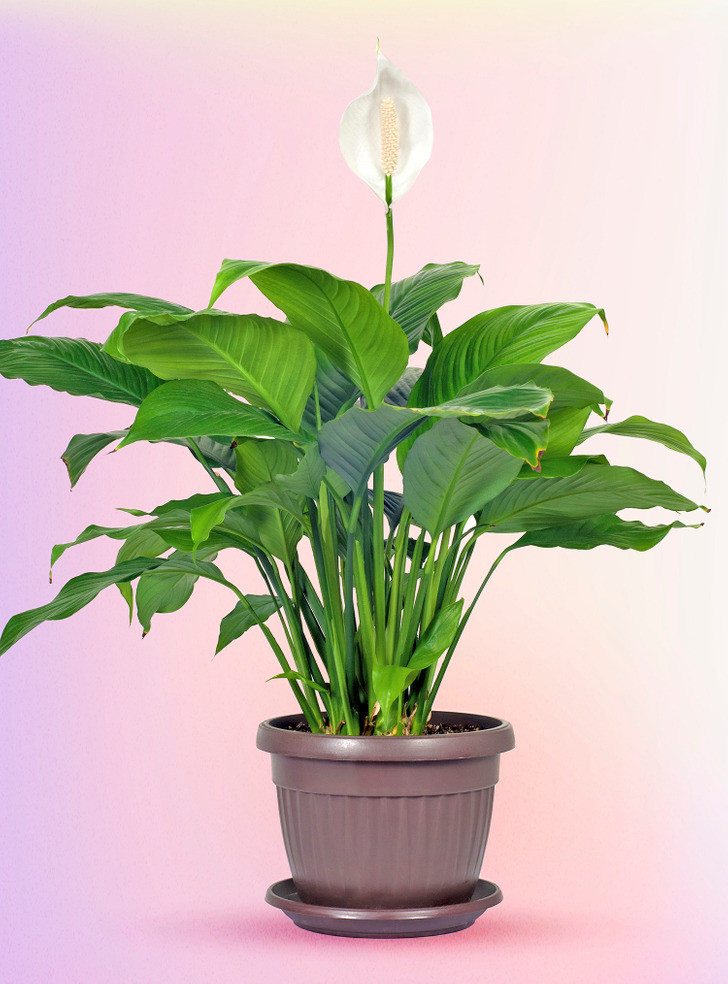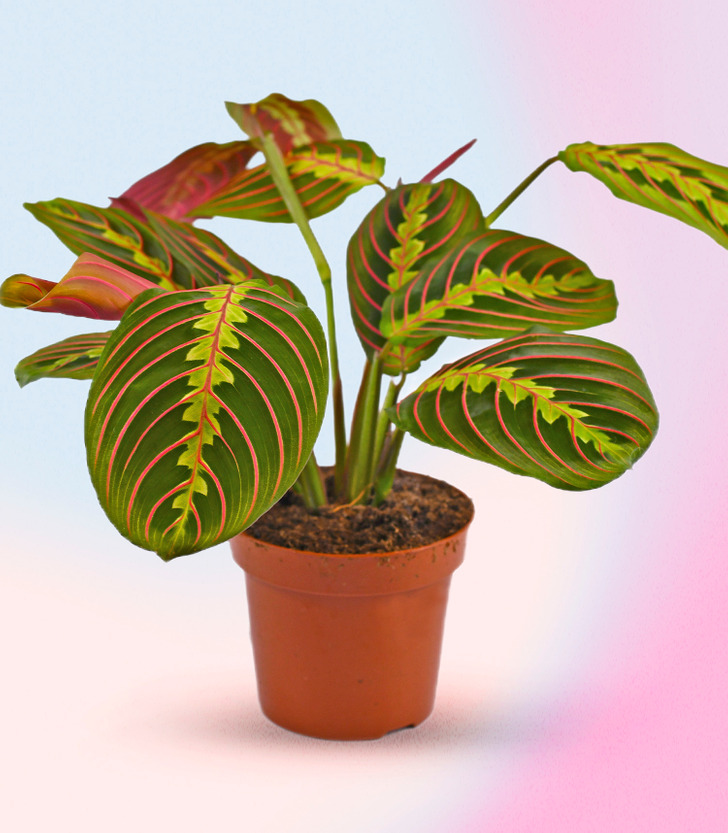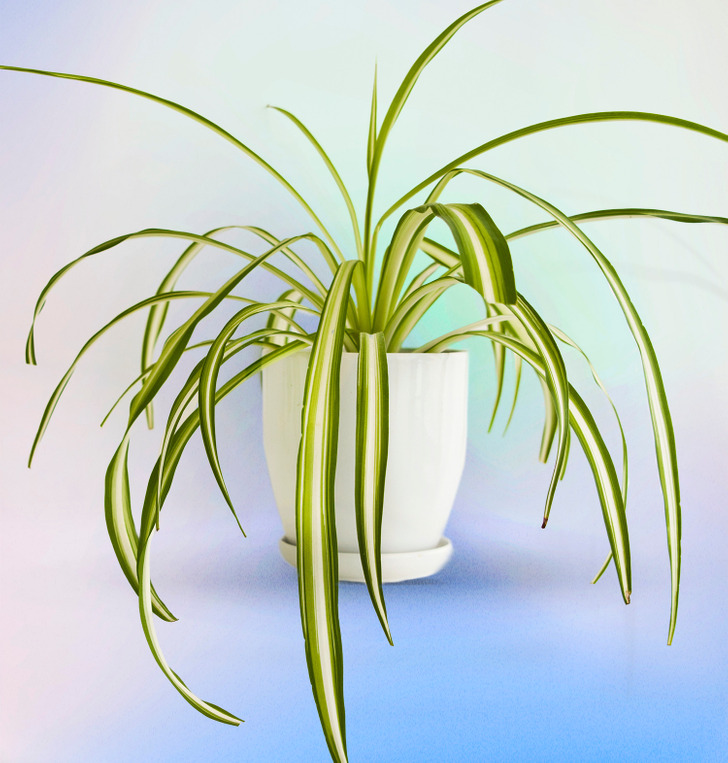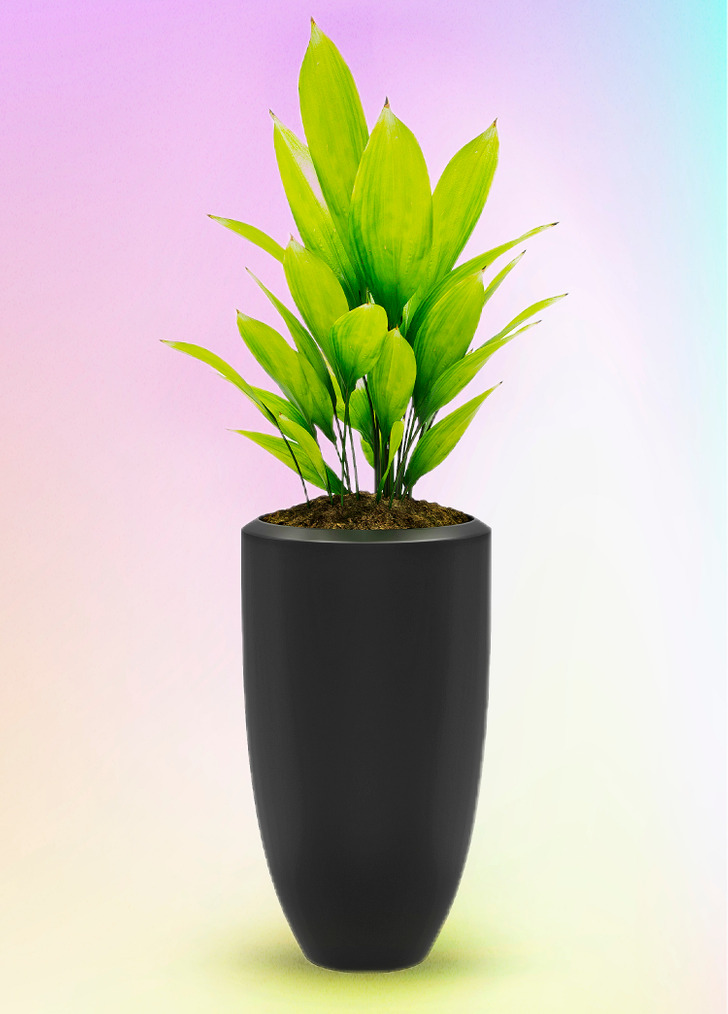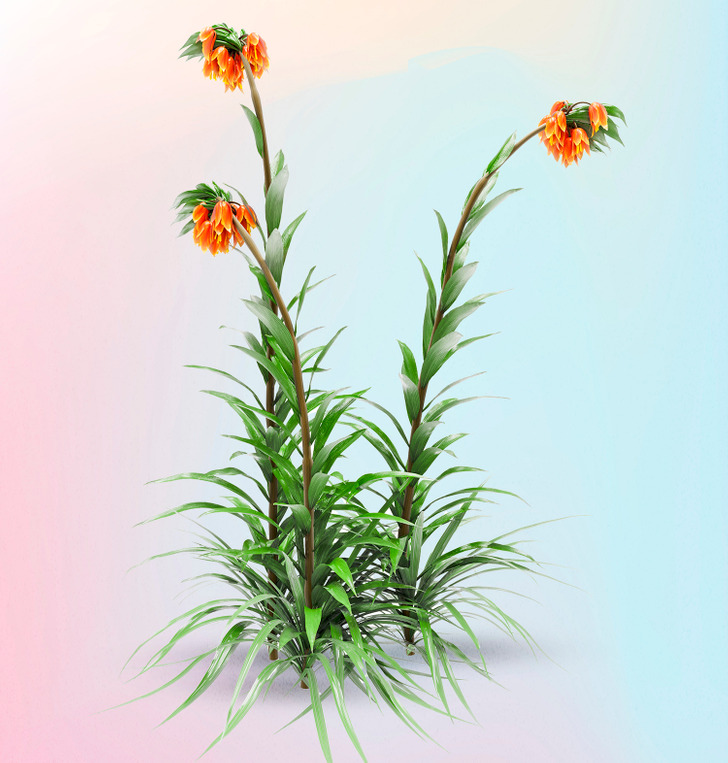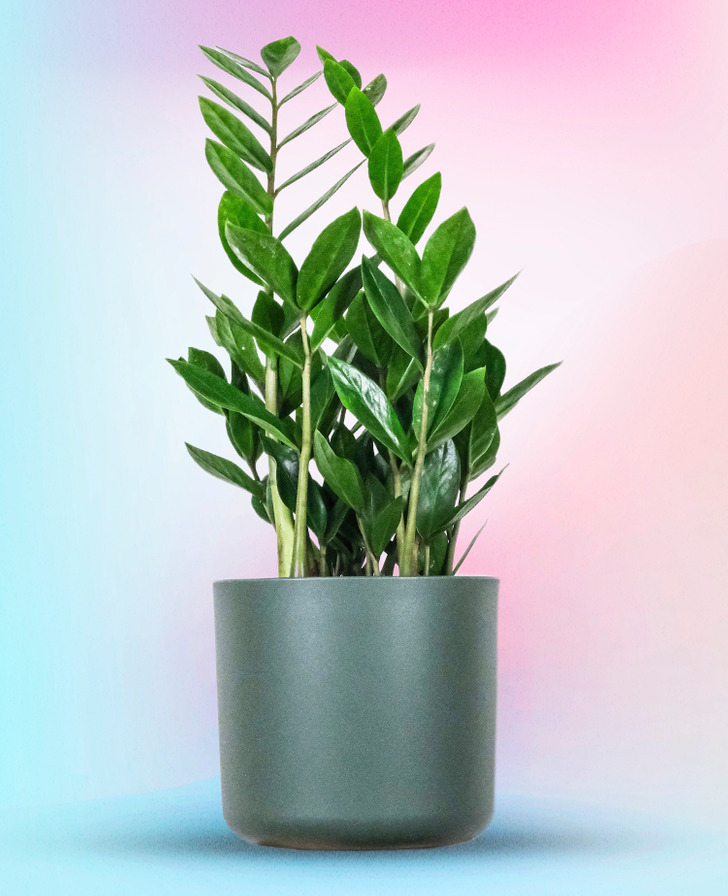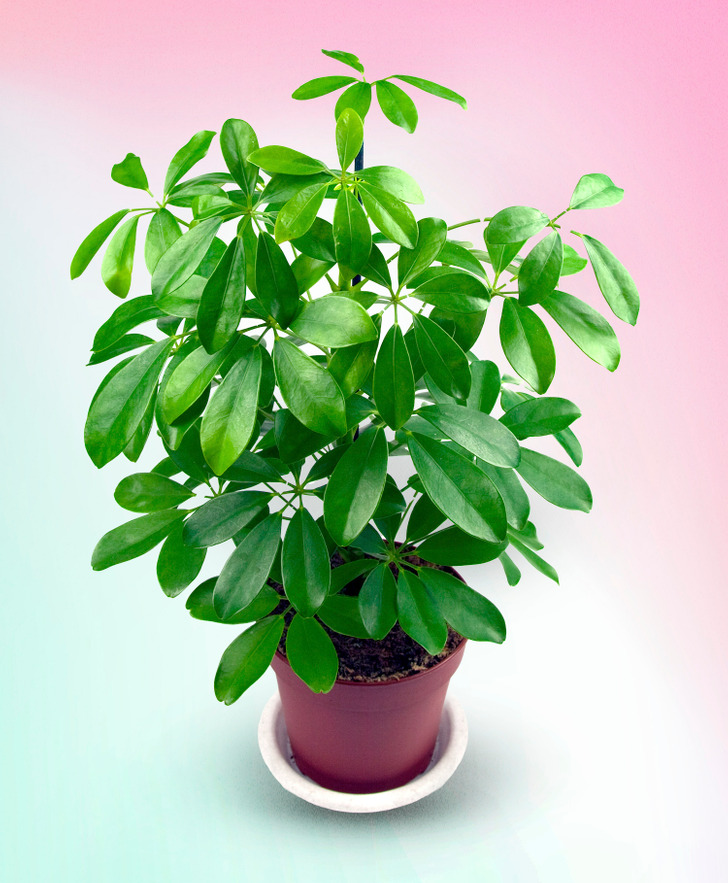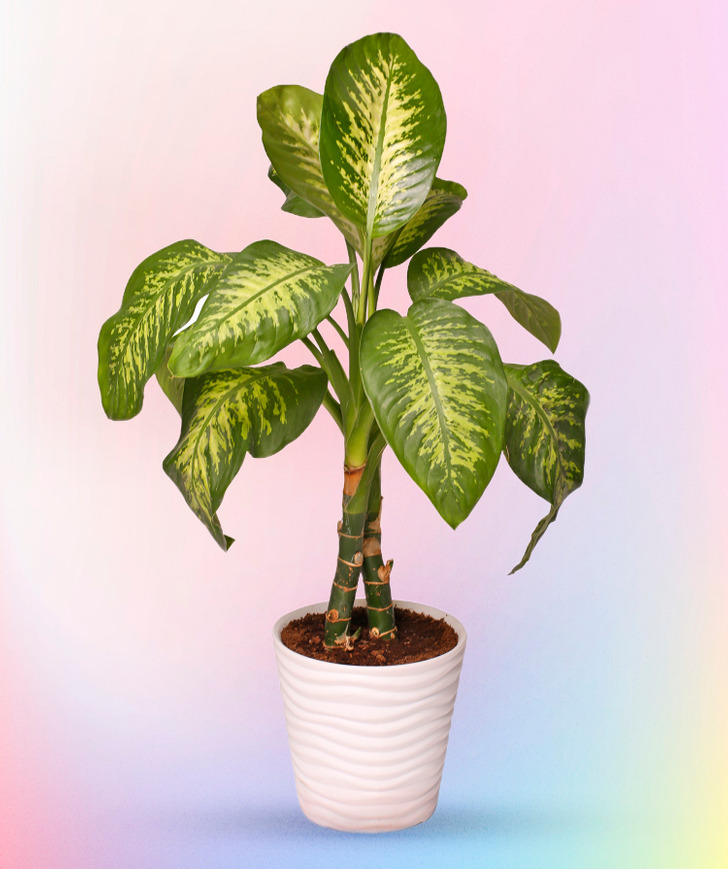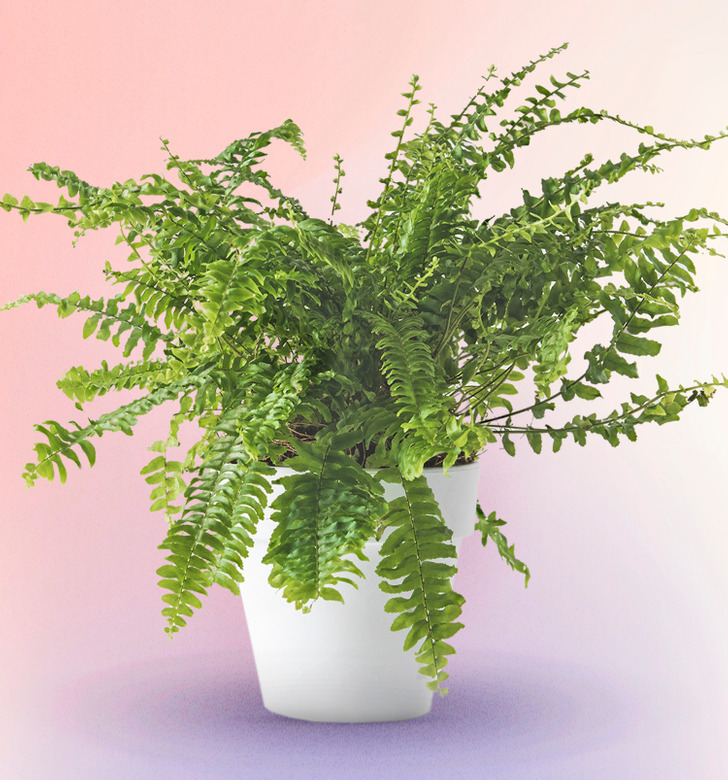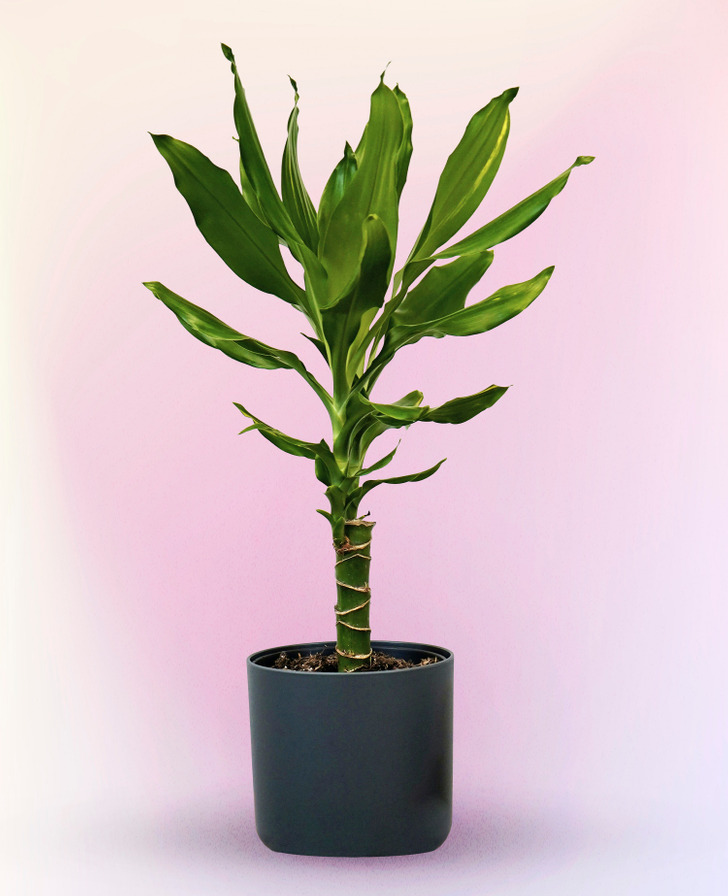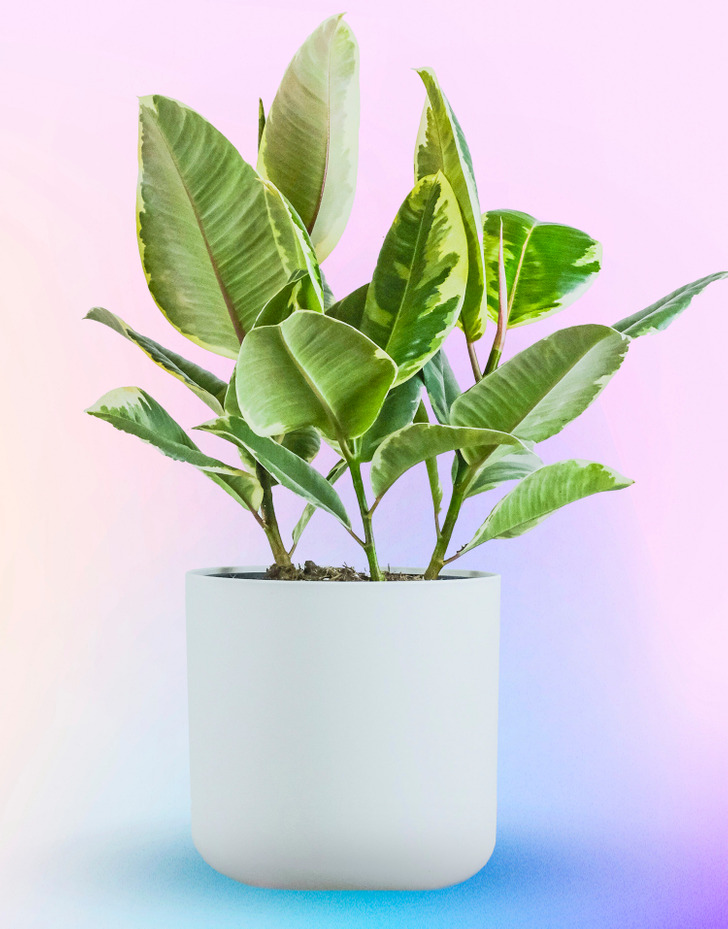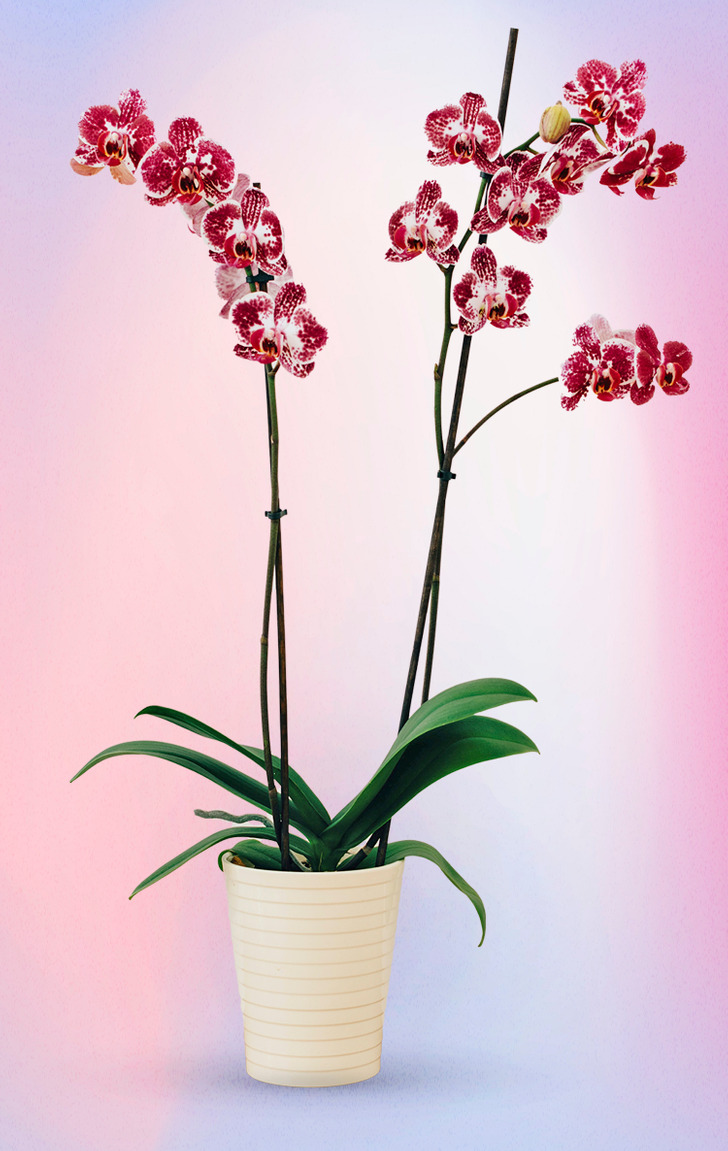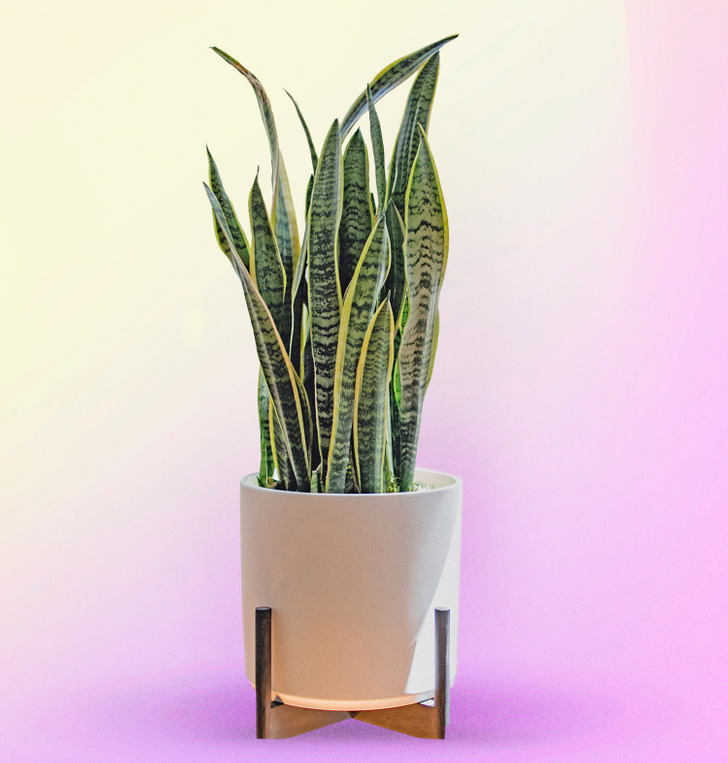A Guide to Indoor Plants That Grow in Near Darkness
Plants need sunlight for their photosynthesis to survive, however, there are many kinds that can brighten up the shady and dark corners of your offices and homes, and even evolve to grow in dark environments. If you have a house that doesn’t receive much light, you don’t need to worry.
5-Minute Crafts rounded up 15 manageable plants that can live in your home’s darker spots to bring some cheer to your surroundings.
1. Chinese evergreen
The perennial Chinese evergreens, also known as Aglaonema, have many hybrids and are bred into many cultivars. One of the earlier hybrids was based on Aglaonema commutatum, and Aglaonema nitidum was dark green with silver markings. They also come in multicolored leaves, including red, pink, silver, grey, yellow, and green shades.
2. Devil’s Ivy
Devil’s Ivy (Pothos), also known as Epipremnum aureum, has heart-shaped leaves that come in many colors — dark green, chartreuse, yellow-and-green, and spotted silver. It got its name because it has a high tolerance to drought. Studies show that it can clean the air.
- Care tips: Keep this easy-to-grow plant in moderate or bright shade, although it’s tolerant of dark and low light. It can grow in moist or dry soil and even without soil. Don’t let it sit in soggy soil, but water it regularly. You can prune them to be smaller. Plant it in a hanging basket, and position it on a shelf or upon a pedestal. You can plant it in a low-light spot and watch its graphic leaves cascade down elegantly.
3. Peace lily
Peace lily (Spath), also known as Spathiphyllum, has delicate white flowers and elegant dark green foliage propagated by stem cutting. They are air purifiers that release a bit of humidity too.
- Care tips: You can keep them in complete darkness and shade, where they get indirect light. Low light affects their flowering, so keep them in bright sunlight if you want them to have white flowers. They’re known to be toxic, so keep them away from pets. Don’t worry if you forget to water them. They don’t like to be overwatered, nor do they like soggy soil.
4. Prayer plant
Maranta leuconeura gets its name because it opens its leaves, pointing upward, and closes them in the dark, resembling praying hands. They have bright dark green and cream leaves with red or pink stripy veins.
5. Spider plant
The air-purifying spider plant (Chlorophytum comosum) grows in a wide range of low light conditions.
- Care tips: Periodically water and fertilize this easy-to-grow plant from spring to fall. If its roots outgrow its pot, you can re-pot them. If there are some brown tips, you should remove them. Misting the plant prevents the leaves from turning brown. They’re suitable for indoor hanging baskets thanks to their long spindly green foliage, long stems with plantlets, and small white flowers that bloom in the summer.
6. Cast-iron plant
The cast iron plant, also known as aspidistra elatior, is a slow-growing plant with dark green, or green, long thin leaves that are born individually on multiple slender stems. One of its cultivars, which has white spots on its leaves, is named “Milky Way,” while another type, called Variegata, has white stripes.
- Care tips: They don’t’ like being overwatered or direct sunlight, since it may bleach the leaves. Yet, they benefit from moderate light and will grow with low light.
7. Kaffir lily
The Kaffir Lily, also known as the bush lily or Clivia miniata, can grow in dark (dim) areas. Its dark green, arching, and strap-shaped leaves can grow up to 18 inches (45 centimeters) in length.
- Care tips: These low-maintenance plants need good light to flower (bloom), but they will survive in shady, drought-free locations. You may spot some brown spots on their leaves, indicating that they’ve gotten a “sunburn.”
8. ZZ plant
This low-maintenance, exotic, and perennial ZZ (Zamioculcas zamiifolia) plant has fleshy and zig-zag-looking bright green leaves with a propagating nature. It’s known to improve the air quality and it can grow upright.
- Care tips: It requires bright and indirect light, but it can tolerate dry conditions, low maintenance, infrequent waterings, and low light. You can grow new plants from an individual leaflet, but it takes quite a long time. It can propagate just from having its stem cut.
9. Umbrella plant
The easy-to-care-for Umbrella (Schefflera arboricola) plant, also known as the “octopus tree,” has graceful leaves and is tolerant of all light conditions.
- Care tips: Although they’re drought-tolerant, you should still water regularly and ensure you don’t overwater it. Ensure that you empty the drainage dish to get rid of the excess water. The tall stems give clutches of narrow palm-like leaves. They prefer 55°F to 75°F (13°C to 24°C) temperatures and can grow up to 26-30 feet (8-9 meters) in height. It’s good to keep it dust-free — you can wipe its leaves with a damp cloth or sponge.
10. Dumbcane
Dumbcane (Dieffenbachia) is a popular decorative houseplant with large green variegated leaves that grow in tropical environments.
- Care tips: They like to be in the 70°-80°F (21°-26°C) temperatures, are adaptable to different conditions and lighting levels, and tolerate shade and partial shade well. Keep them in well-draining soil and do not to over-water them.
11. Ferns
Ferns are plants that enjoy cooler temperatures and shade.
- Care tips: They’re low-maintenance plants, tolerating warmth but not droughts.
12. Corn plant
13. Rubber fig
The rubber fig or rubber plant, also known as Ficus elastica, is a fast-growing single-stemmed plant with large oval-shaped glossy green leaves.
- Care tips: Keep them in a cool spot, with not too much heat, where they can stay in the shade. They can tolerate low light. The ideal temperatures are 60°-65°F (15.5°-18.3°C) at night and 75°-80°F (23.8°-26.6°C), and ensure that the temperature does not get lower than 55°F (12.7°C).
